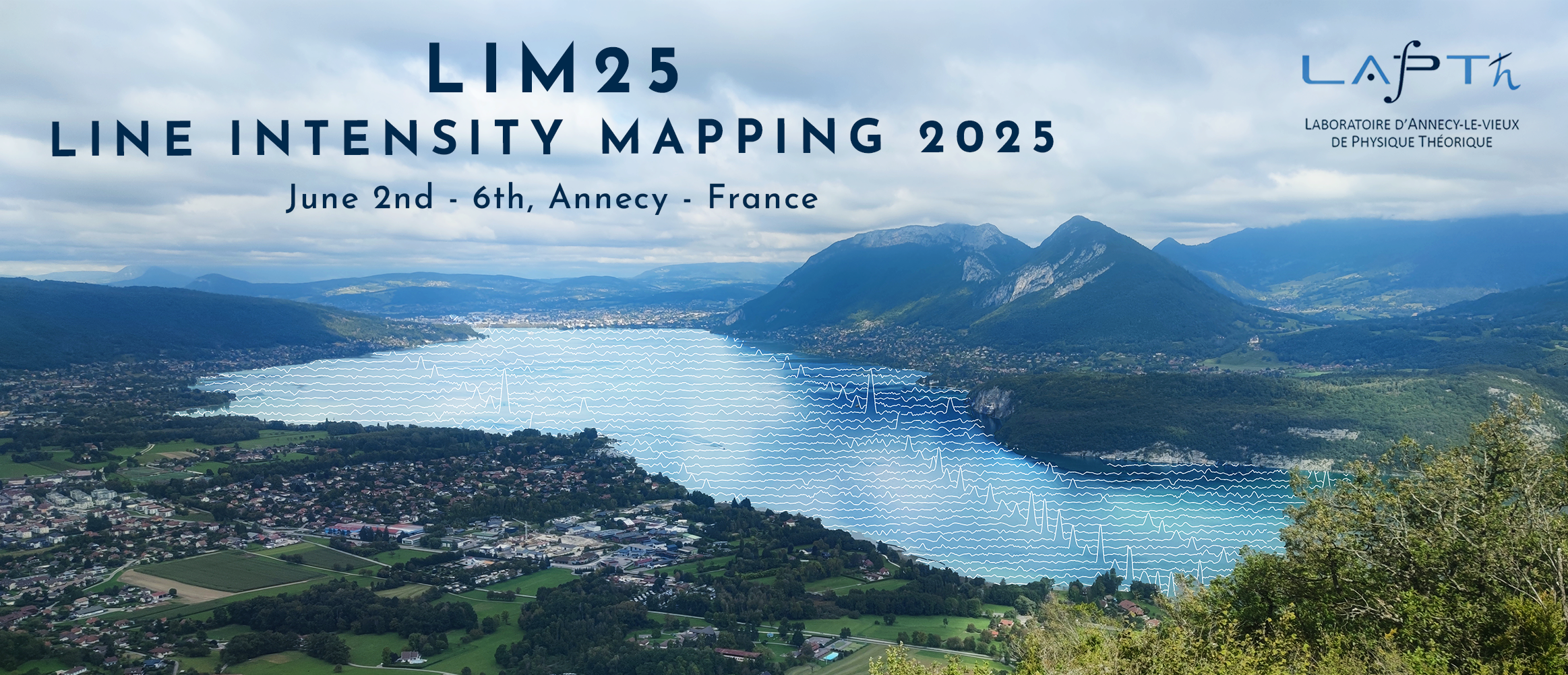Orateur
Description
Accurately interpreting Line Intensity Mapping (LIM) across a broad range of redshifts requires methods that complement traditional empirical relations, which may not fully capture the complexity of astrophysical processes. Cosmological hydrodynamical simulations coupled with Photodissociation Region (PDR) modeling and machine learning techniques provide physically motivated predictions at scalable simulation volumes with manageable computational costs. Building upon these efforts, I've been leading the development of SLICK-LIM, a forecasting framework built on the Scalable Line Intensity Computation Kit (SLICK), designed to efficiently generate realistic predictions for CO, [CI], and [CII] emission lines in large volumes. Applying SLICK-LIM to leading cosmological simulations—SIMBA, IllustrisTNG, and CAMELS—I will present forecasts for upcoming LIM experiments and explore how variations in key astrophysical and cosmological parameters impact the predicted line intensity power spectrum. Finally, I'll present ongoing efforts to develop the data reduction pipeline and associated astrophysical modeling for the Terahertz Intensity Mapper (TIM).

